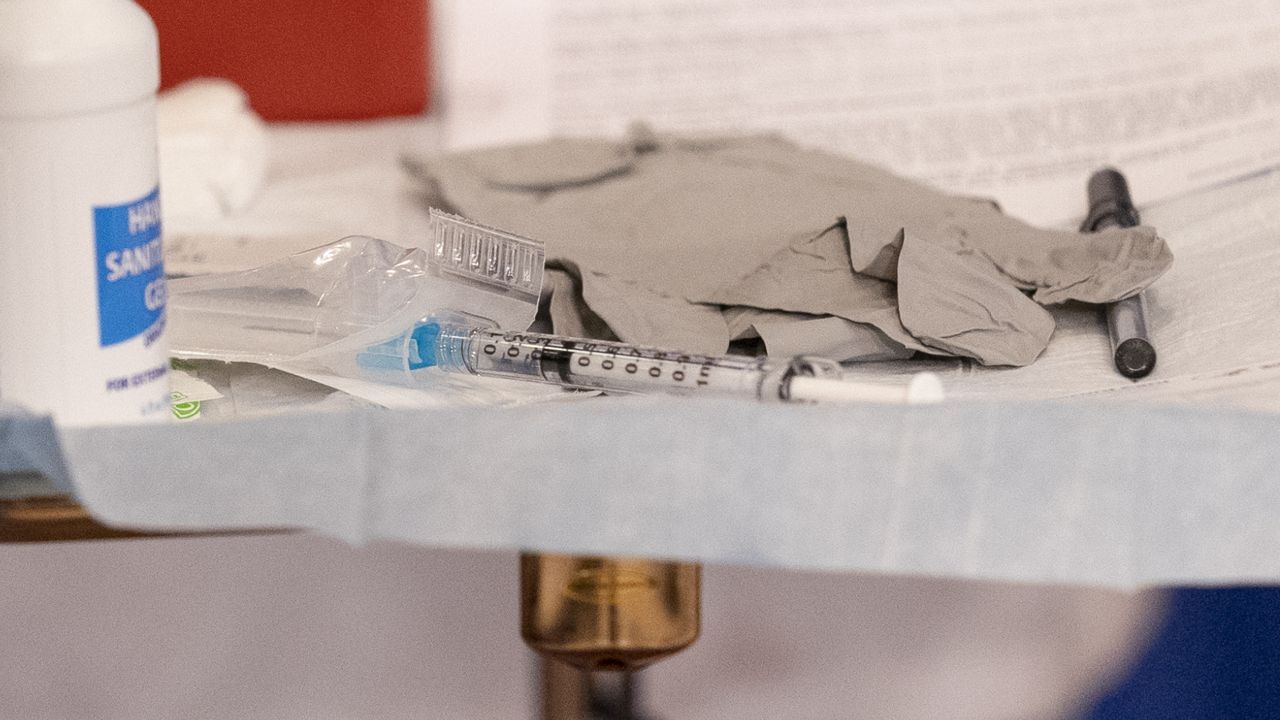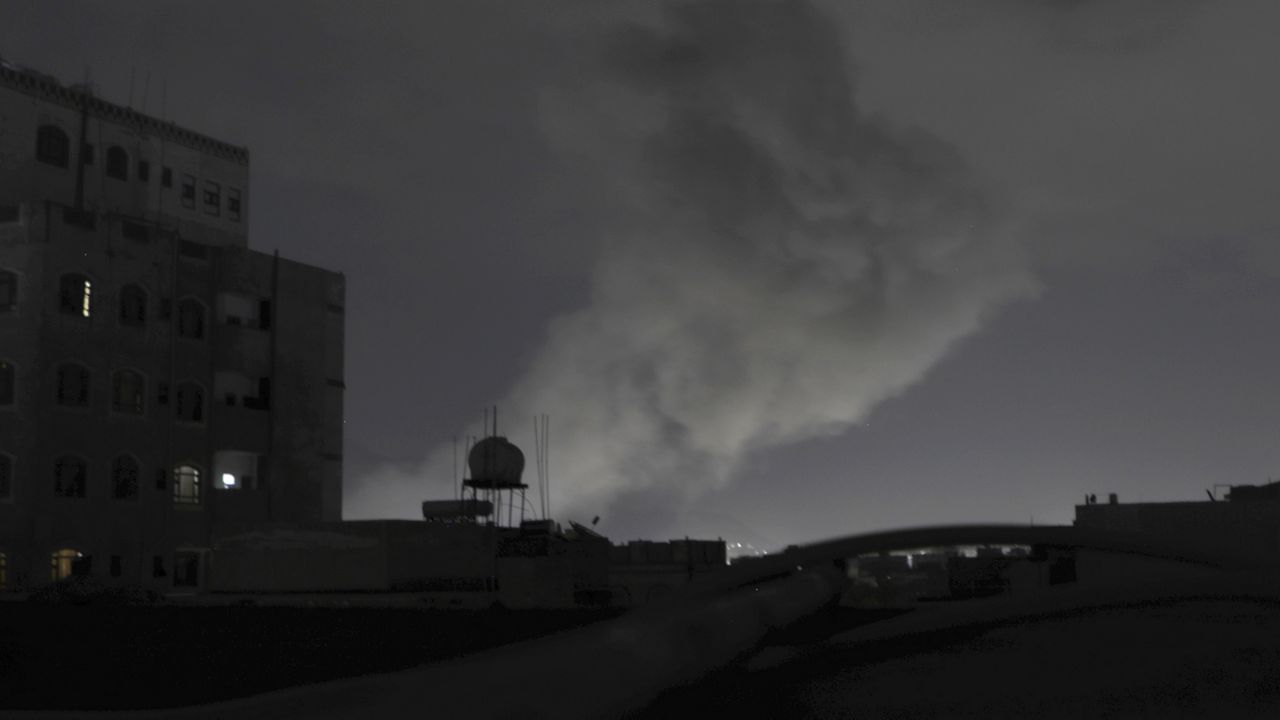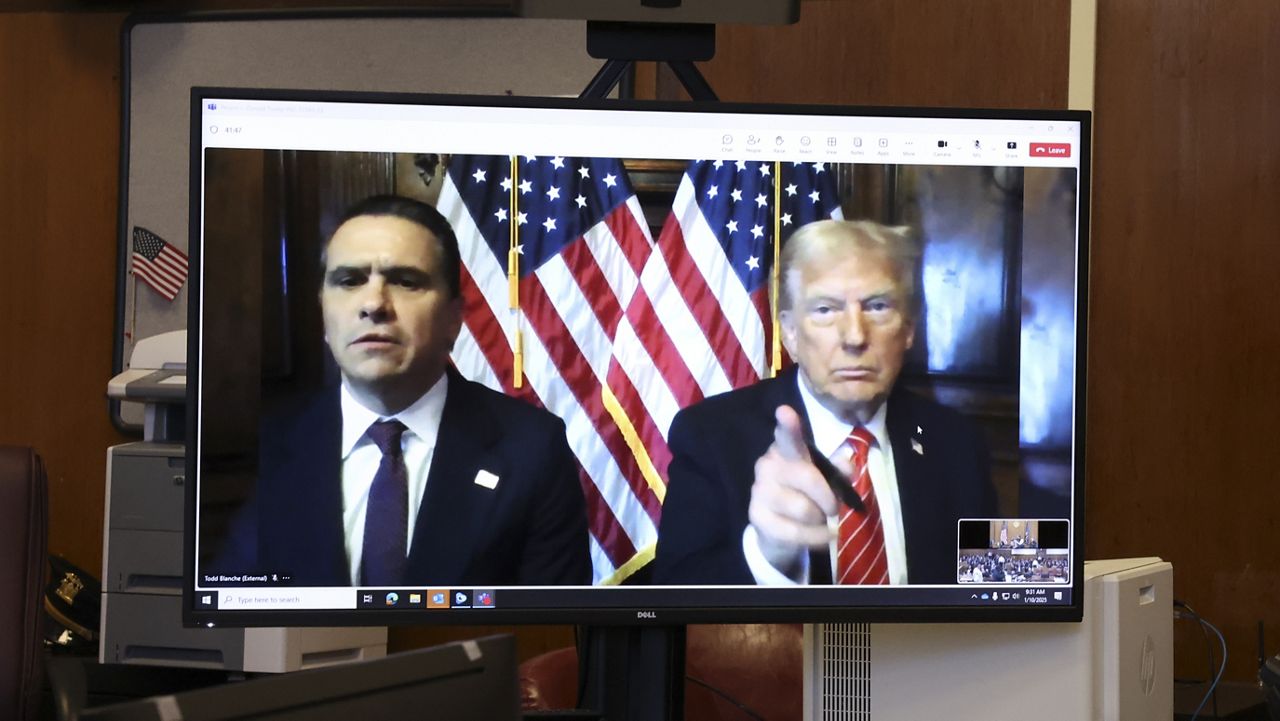Americans cheered Monday as the first doses of Pfizer-BioNTech’s COVID-19 vaccine were rolled out to frontline workers and high-risk patients across the country.
Already this week, hundreds of thousands of people, mostly health care workers, have been vaccinated. The pace is expected to increase next week, assuming Moderna gets federal authorization for its vaccine.
But that joy quickly turned to frustration as governors and health leaders in more than a dozen states said the federal government has told them that next week’s shipment of the vaccine will be less than originally projected. Some pointed fingers at the drug manufacturing company, blaming Pfizer for delays in manufacturing.
On Thursday, a spokesperson for Pfizer denied those claims in a statement, saying the company “is not having any production issues with our COVID-19 vaccine, and no shipmentscontaining the vaccine are on hold or delayed.”
“This week, we successfully shipped all 2.9 million doses that we were asked to ship by the U.S. Government to the locations specified by them,” the statement continued. “We have millions more doses sitting in our warehouse but, as of now, we have not received any shipment instructions for additional doses.”
The company shifted blame to the federal government, insisting they have “continuously shared” information about their production process with Operation Warp Speed officials. Now, the company says, millions of doses of the vaccine are sitting in warehouses waiting for direction from the government on how they should be distributed.
It was a marked difference from a message given by HHS Secretary Alex Azar, who on Wednesday told reporters Pfizer was experiencing "manufacturing challenges.” Because the company did not accept federal funding for the manufacturing and development of its vaccine, Azar said, the administration does not have clear insight into what exactly these problems are.
"Part of our ongoing discussions is to remediate that and get better visibility into what they're doing, what challenges they're facing, because they've made significant commitments to us and others," Azar said, claiming Pfizer has only been able to produce half of the vaccine quantity it originally promised.
Pfizer independently funded the research and manufacturing for its COVID-19 vaccine, and the United States paid $1.96 billion for the first 100 million doses and the option to purchase 500 million more.
Pfizer’s statement Thursday disputed Azar’s claims, saying government officials “have visited our facilities, walked the production lines and been updated on our production planning as information has become available.”
“We remain confident in our ability to deliver up to 50 million doses globally this year and up to 1.3 billion next year, and we look forward to continuing to work with the US Government to deliver our vaccine to the American people,” the statement concluded.
But two administration officials, speaking to the Associated Press on the condition of anonymity, said Pfizer’s statement about doses awaiting shipping instructions, while technically accurate, conveniently omits the explanation: It was planned that way.
States will receive their full allocations, one official said, but misunderstandings about vaccine supply and changes to the delivery schedule may be creating confusion.
Another official said the initial numbers of available doses that were provided to states were projections based on information from the manufacturers, not fixed allocations. Some state officials may have misunderstood that, the official said.
The federal officials said Pfizer committed to provide 6.4 million doses of its vaccine in the first week after approval. But the federal Operation Warp Speed had already planned to distribute only 2.9 million of those doses right away. Another 2.9 million were to be held at Pfizer’s warehouse to guarantee that individuals vaccinated the first week would be able to get their second shot later to make protection fully effective. Finally, the government is holding an additional 500,000 doses as a reserve against unforeseen problems.
Regardless of who is to blame for the miscommunication in the supply chain, the news leaves many governors scrambling as coronavirus cases continue to surge across the country — Connecticut, Georgia, Illinois, Kansas, Montana, Nebraska, Nevada, New Hampshire, Indiana, Texas, Michigan, Missouri, and Hawaii are just some of the states that were told to expect a smaller supply of vaccines than originally anticipated.
Florida Gov. Ron DeSantis was one of the first to publicly blame Pfizer for the shortage.
“We were supposed to get for next week 205,000 Pfizer and then the next week 247,000. Those next two weeks shipments of Pfizer are on hold right now,” DeSantis said Tuesday in West Palm Beach. “We don’t know whether we will get any or not. And we’re just going to have to wait.”
He added, “It’s a production issue with Pfizer. It has nothing to do with the federal government or nothing to do specifically with Florida. This is just what’s happening nationwide.”
Washington Gov. Jay Inslee did not point fingers, but called the CDC’s notification that his state would receive 40 percent less than its originally anticipated vaccine dose was “disruptive and frustrating.”
“We need accurate, predictable numbers to plan and ensure on-the-ground success. No explanation was given,” Inslee wrote. Our state remains committed to getting all doses we are allocated out to healthcare providers and into the arms of Washingtonians. While we push for answers, that commitment will not change.”
California, where an explosion in cases is straining intensive care units to the breaking point, will receive 160,000 fewer vaccine doses than state officials had anticipated next week — a roughly 40% reduction.
California hospitals began vaccinations this week from the first Pfizer shipment of 327,000 doses and had expected even more to arrive next week. Instead, officials have been told to expect about 233,000 doses, said Erin Mellon, a spokeswoman for Gov. Gavin Newsom.
Missouri’s health director, Dr. Randall Williams, said his state will get 25% to 30% less of the vaccine next week than anticipated. A statement from the Iowa Department of Public Health said its allocation will be “reduced by as much as 30%, however we are working to gain confirmation and additional details from our federal partners.”
The Associated Press contributed to this report.







